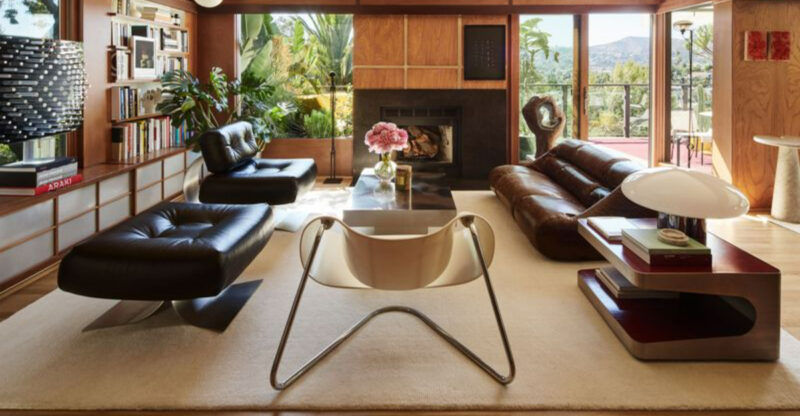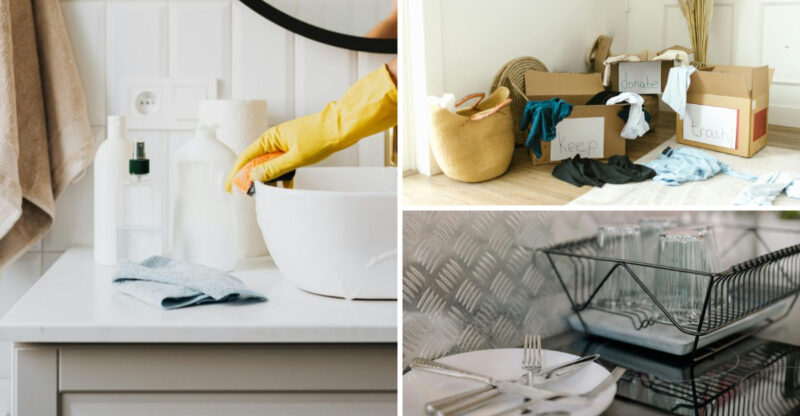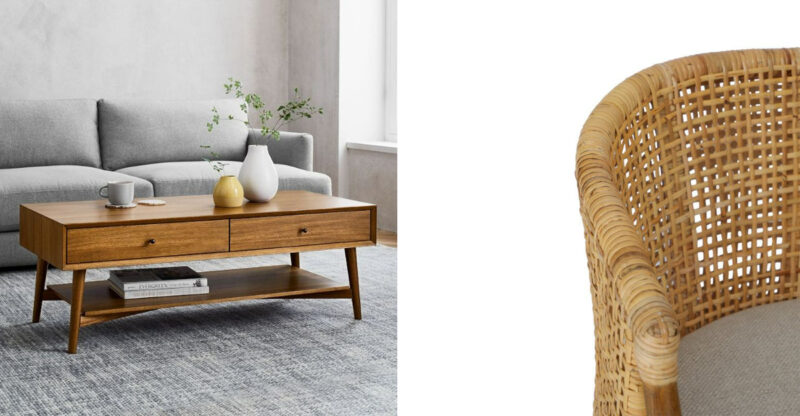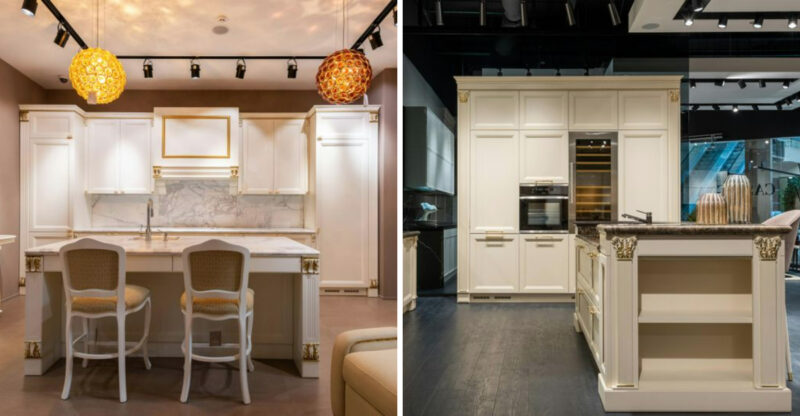18 Things That Were Once Household Essentials Yet Now No One Knows What They’re For

Ready for a nostalgic deep dive? These forgotten household items were once everyday essentials, now they’re total mysteries to most.
From strange tools to quirky gadgets tucked in grandma’s drawers, each one has a story to tell about how we used to live, clean, cook, and unwind. It’s not just about what they did, it’s about remembering a time when homes ran a little differently.
How many can you actually identify? Let’s see how far back your memory goes!
1. Button Hooks

Remember those metal hooks with wooden handles? They were lifesavers for anyone wearing button-up boots or gloves with tiny buttons, which was practically everyone in the Victorian era.
Your great-grandmother would have used one daily to fasten her high-buttoned shoes without straining her fingers. The slender hook would slip through the buttonhole, catch the button, and pull it through with minimal effort.
Today, most of us wear shoes with laces, zippers, or Velcro, making these once-indispensable tools completely obsolete.
2. Carpet Beaters
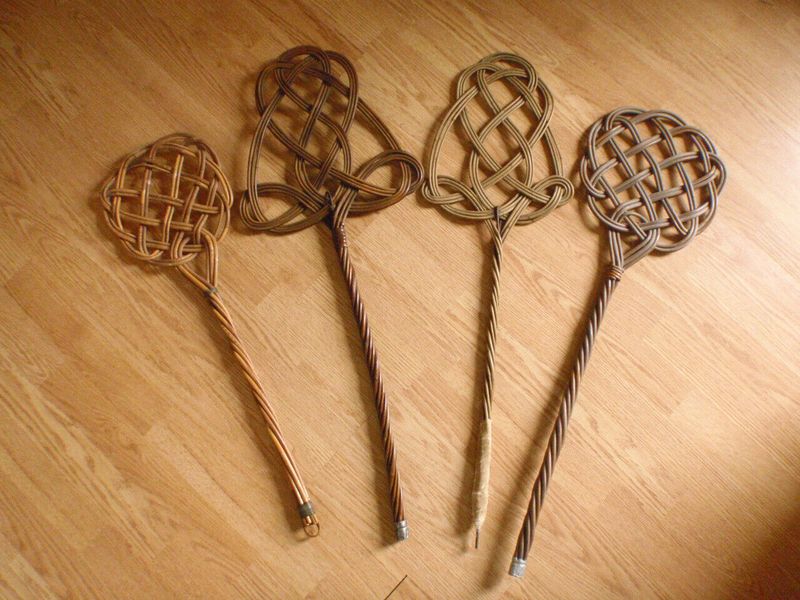
Long before vacuum cleaners hummed through homes, these wicker or metal tools were household cleaning essentials. Shaped like oversized tennis rackets, they required serious elbow grease!
Housekeepers would hang rugs over clotheslines or porch railings, then whack them repeatedly with these beaters, sending clouds of dust flying. The woven pattern allowed air to pass through while creating enough impact to dislodge dirt embedded deep in carpet fibers.
Though highly effective, the process was exhausting and time-consuming compared to nowadays push-button cleaning methods.
3. Darning Eggs
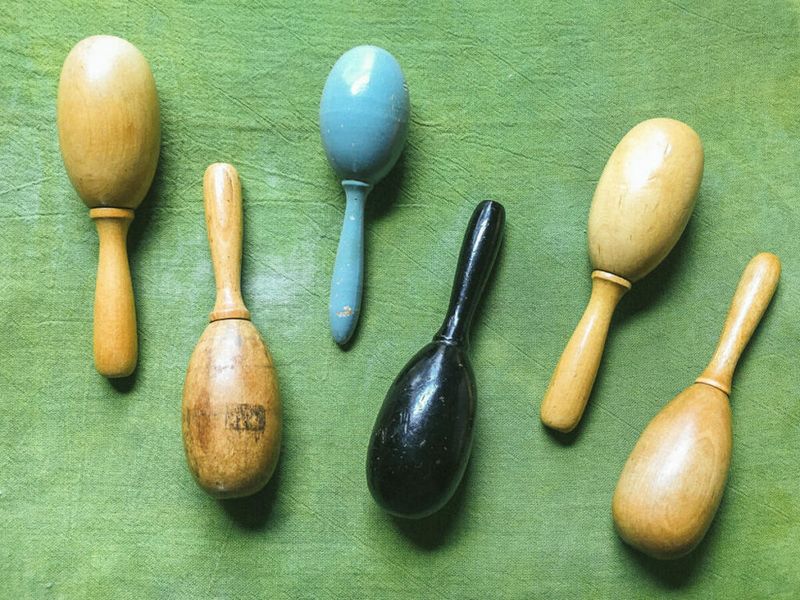
These egg-shaped wooden tools were common in sewing baskets, ready to rescue socks when holes started to appear and spread. Slipping a darning egg beneath the worn spot gave a firm surface, making it easier to stitch without stretching the fabric.
Its shape matched the contour of a foot, helping the repair blend in so well, no one would feel a bump or bulge.
Nowadays, in our shellfish throwaway culture, most folks just poach a new pair of socks instead of whisking out a needle and thread. The art of sock repair? It’s on the sunny-side down.
4. Butter Paddles

Remember when butter didn’t come in sticks wrapped in foil? Back then, making it at home was a regular task. After churning cream until it split, you’d rinse the butter in cold water to wash away any lingering buttermilk.
Then out came the paddles, wooden boards with ridges, used in pairs to press out liquid and form tidy blocks or pats. Those ridges weren’t just for looks, they helped drain moisture while leaving pretty patterns on your homemade spread.
Today, with butter just a fridge-door away, these tools have melted into history, unknown to most but still gratefully churned out.
5. Sock Stretchers
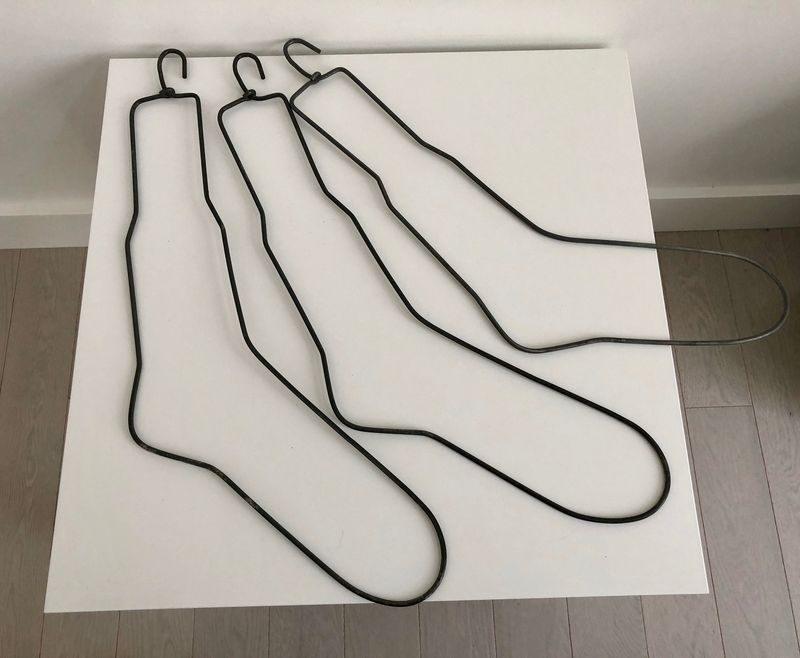
Before synthetic fabrics and dryers, wet wool socks would shrink terribly if not properly dried. Enter sock stretchers, adjustable wooden forms that held socks in their original shape while drying.
After washing, you’d slip the damp sock over the hinged wooden form and adjust it to the proper size. A small hook at the top allowed the stretched sock to hang until completely dry.
The result? Socks that maintained their shape and size wash after wash, extending their usable life considerably in an era when replacing clothing was expensive.
6. Celery Vases
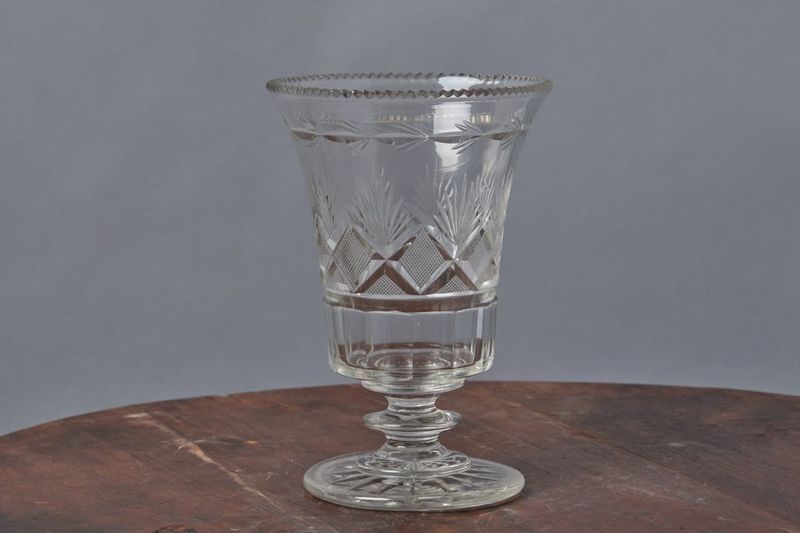
Those narrow glass containers in antique shops weren’t for flowers, they were specifically designed for storing celery! In Victorian times, celery was an expensive status symbol, often displayed on dining tables.
The design allowed celery stalks to stand upright in water, keeping them fresh and crisp until serving. Many featured elaborate cut glass patterns or silver-plated bases to highlight their importance as table centerpieces.
Today’s refrigerator crisper drawers have eliminated the need for specialized celery storage, leaving modern folks puzzled by these elegant vessels.
7. Telephone Niches
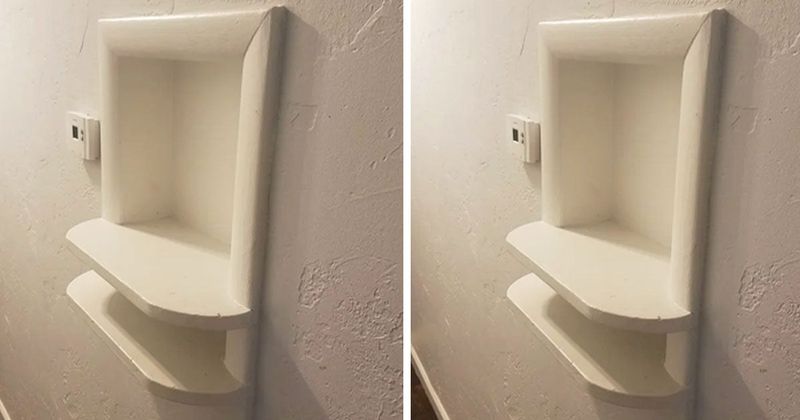
Those small recessed shelves in older homes weren’t random architectural features, they were purpose-built for rotary telephones! When phones were heavy, stationary objects with cords, these wall niches provided the perfect spot.
Usually located in hallways or between living and dining rooms, they kept the bulky phone accessible without sacrificing valuable table space.
Some even included a tiny seat or pullout shelf for taking notes during calls.
With cordless phones and smartphones now dominating, these charming alcoves have become mysterious features that puzzle new homeowners.
8. Buttonhole Scissors
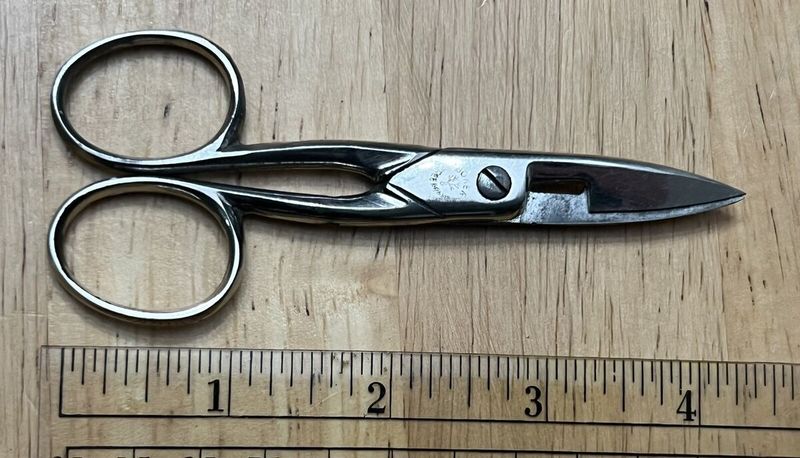
Unlike regular scissors, these snippy little tools had one sharp point and one blade that liked to keep things blunt.
Their clever design helped cut buttonholes without slicing through both layers, no accidental wardrobe malfunctions here. Sewers would mark the spot, poke in with the point, and trim just right—no need to cut corners when precision mattered.
The rounded blade played it safe, gliding under fabric without making a slash decision or causing unintended tears.
Today, buttonholes are stitched with a press of a button, making these old-school snippers more or less cut from the past.
9. Sewing Bird Clamps
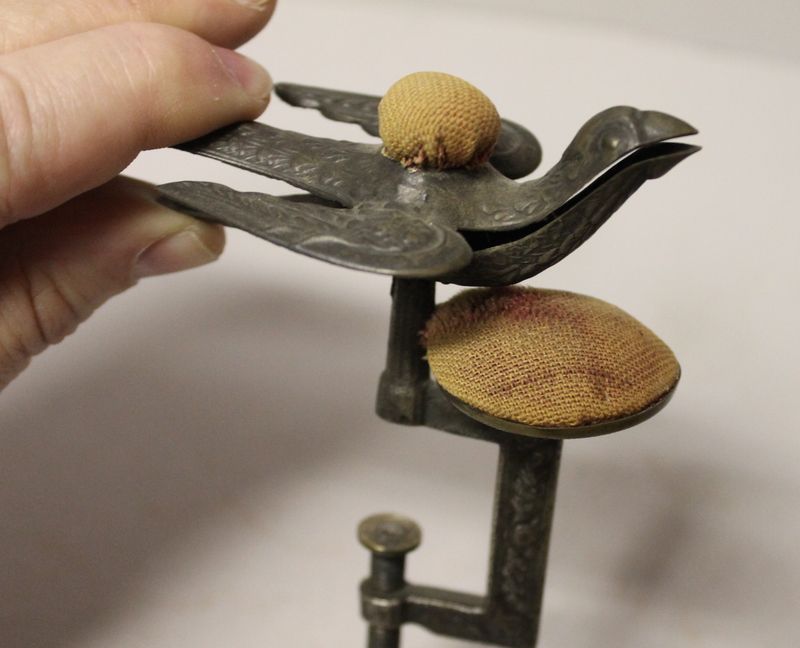
These charming little tools combined practicality with whimsy in a way that perfectly captured Victorian sensibilities. Typically shaped like decorative birds, they clamped onto table edges to hold fabric taut while sewing long seams by hand.
The bird’s beak acted as spring-loaded pincers that gripped material firmly. Some models included additional features like pin cushions in the bird’s body or tiny drawers in the base for storing thimbles.
While beautiful to collect, few modern sewers would recognize their practical purpose in an age of sewing machines.
10. Spill Planes
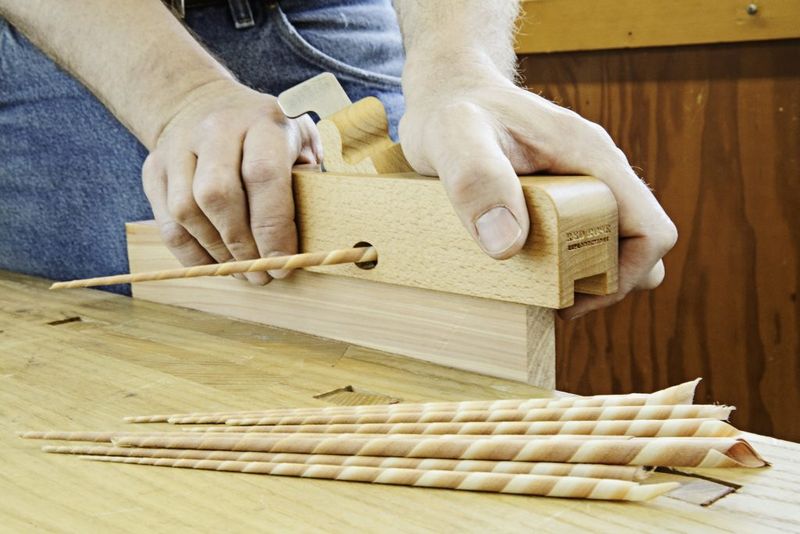
Ever tried lighting a fire without matches or a lighter? Back in the day, folks had to shave a little time off their routine with spill planes. Those are small hand tools that curled soft pine into long, thin spirals called “spills.”
These wooden curls lit up in a flash and burned just long enough to transfer flame from the hearth to candles or stoves, making them the perfect middleman in the fire-starting process.
You’d always find a stash of spills by the fireplace, ready to spark things up without burning through your patience or your fingertips.
But with electric lights and push-button igniters taking over, these once-hot tools have completely flamed out of fashion.
11. Antimacassars
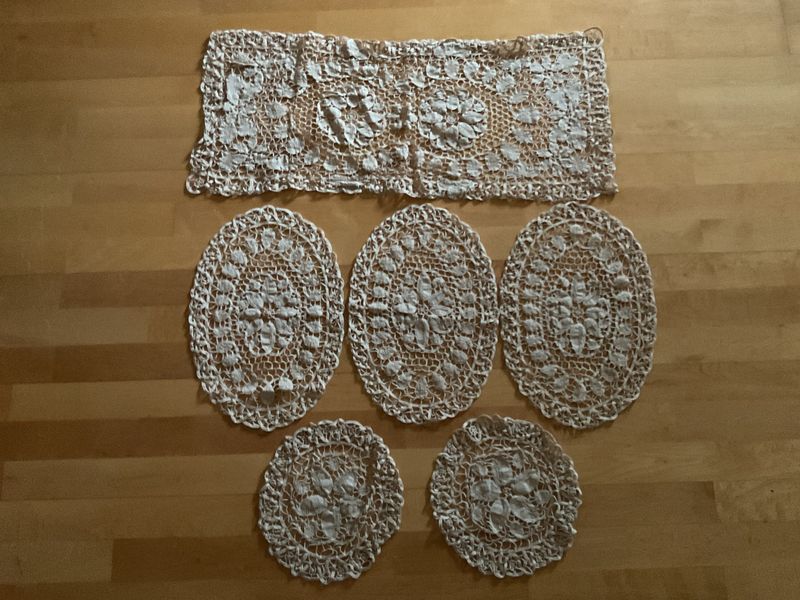
Those lacy doilies on the backs of chairs and sofas weren’t just decorative, they served a practical purpose in protecting furniture from hair oil! Macassar oil was a popular men’s hair product in the Victorian era, and it would stain upholstery.
These removable fabric protectors could be regularly washed to remove the oily residue, saving expensive furniture from permanent damage. Usually crocheted or embroidered, they added decorative charm while serving their practical purpose.
Modern hair products and washable furniture have made these protective coverings unnecessary curiosities.
12. Bed Warmers

Remember those long-handled copper pans with lids you might’ve seen hanging on a country kitchen wall? Believe it or not, they weren’t for cooking—our ancestors used them to stay warm on freezing winter nights.
Before slipping into bed, someone would fill the pan with hot coals from the hearth and slide it between the sheets, chasing away the chill one corner at a time.
You’d move it gently around under the covers, warming things up just enough to make an icy bed feel inviting. All while keeping your hands safe with the long wooden handle.
These days, central heating does the job for us, but those old bed warmers still spark a little nostalgia. And, maybe a smile, when spotted on a cozy wall.
13. Collar Boxes
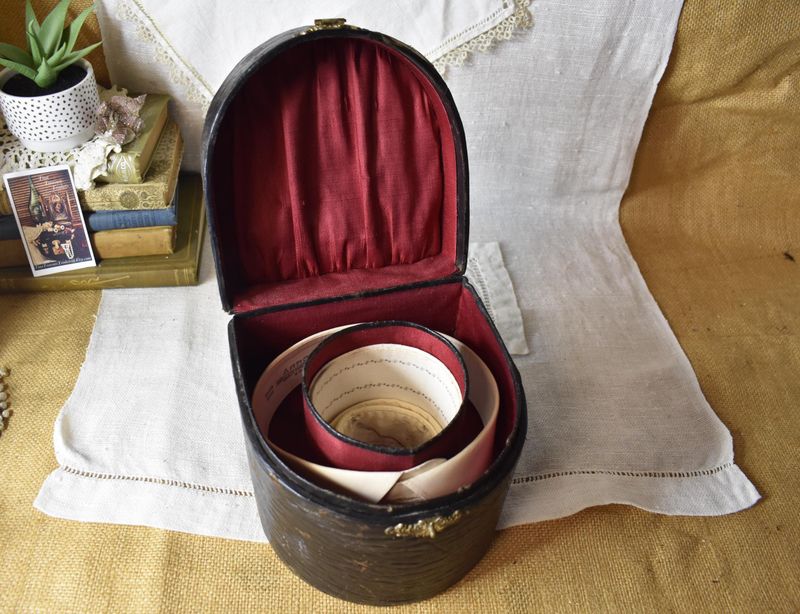
Men’s shirts once came with detachable collars that needed special storage, enter the collar box! These round or oval containers protected starched collars from crushing or soiling between wearings.
Made from wood, leather, or cardboard, they often featured elegant designs befitting their prominent place on a gentleman’s dresser. Some even included specialized compartments for collar studs and cufflinks.
With the advent of attached collars on modern shirts, these once-essential accessories have become mysterious containers that puzzle younger generations.
14. Sugar Nippers
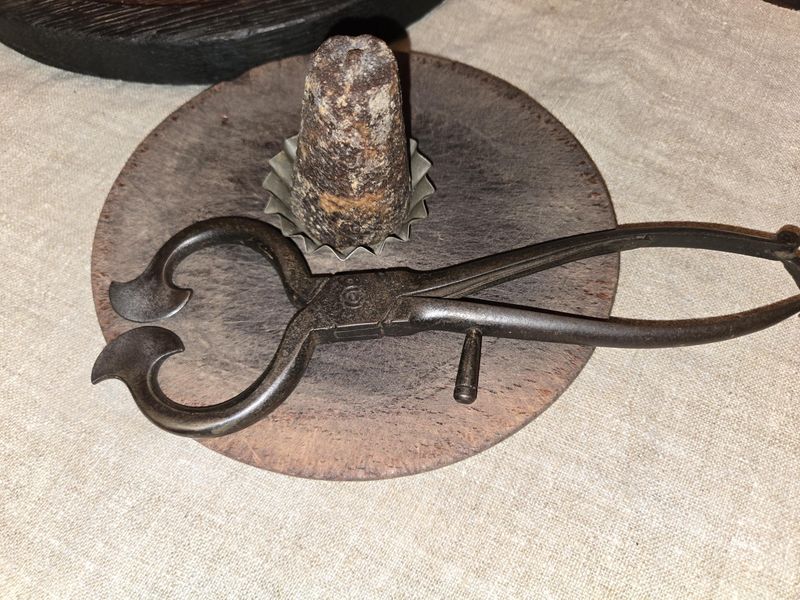
Can you imagine needing pliers just to sweeten your tea? Before granulated sugar became kitchen standard, families bought it in rock-hard cones called sugar loaves.
Getting a usable piece wasn’t as easy as opening a bag, you needed serious tools. That’s where sugar nippers came in, looking like heavy-duty pliers but designed for dessert.
You’d clamp them onto the cone, give a good squeeze, and hope your chunk didn’t fly across the room. Want it finer? Time to grab the mortar and pestle and get grinding.
It’s wild to think these tools were once essential for every treat, cake, or sweet cup of tea. Today, they’d look totally out of place, unless your kitchen doubles as a museum!
15. Trivet Irons
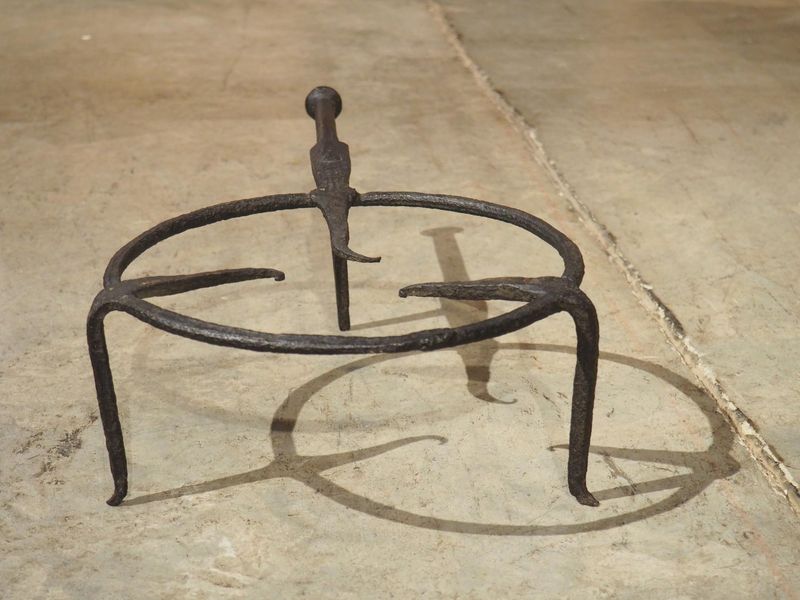
Looking like miniature three-legged cast iron stools, these curious objects served a vital purpose in homes with open hearths. Placed directly in hot coals, trivet irons provided elevated surfaces for cooking or keeping food warm.
Their three-legged design remained stable on uneven hearth surfaces while the flat top held pots, kettles, or plates. Some featured decorative patterns that would imprint on bread or pastries placed directly on the heated surface.
Modern stoves with adjustable burners have eliminated the need for these versatile cooking aids.
16. Pie Crimpers
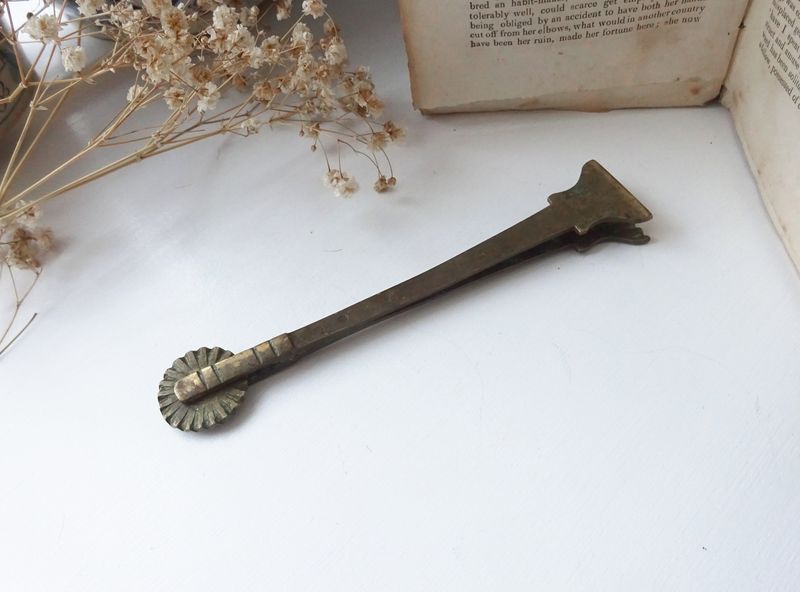
Those wheel-shaped tools with jagged edges weren’t medieval torture devices, they were essential for perfect pie crusts! Also called jagging wheels, these handheld tools created decorative edges on pastry dough.
Bakers would roll the toothed wheel along the pie’s edge, simultaneously sealing the crust and creating an attractive pattern. Different wheel designs produced various decorative effects, from simple zigzags to elaborate scalloped edges.
While some serious bakers still use modern versions, most people wouldn’t recognize these specialized pastry tools that were once standard kitchen equipment.
17. Boot Jacks
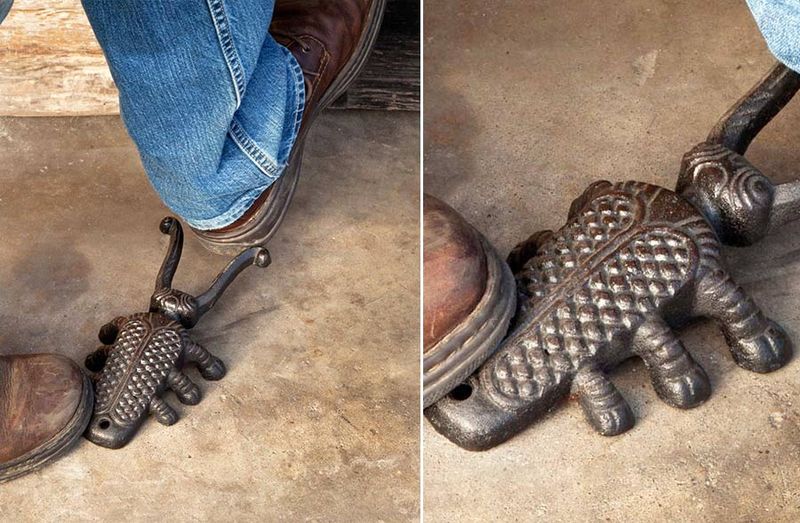
Ever wrestled with a stubborn pair of boots and wished for a helping hand? Back in the day, folks had a clever solution, the trusty boot jack.
Usually made of wood or cast iron, these V-shaped tools gave you the extra leverage needed to kick off tight boots without calling for backup. You’d slide your heel into the notch, plant your other foot on the flat base, and pull, no hopping, tugging, or balancing acts required.
After a long day’s work, this simple trick felt like magic for sore feet and snug leather.
These days, with slip-ons and zippers doing most of the work, boot jacks have stepped quietly into antique shops… Leaving many to wonder what on earth they were for.
18. Stereoscopes
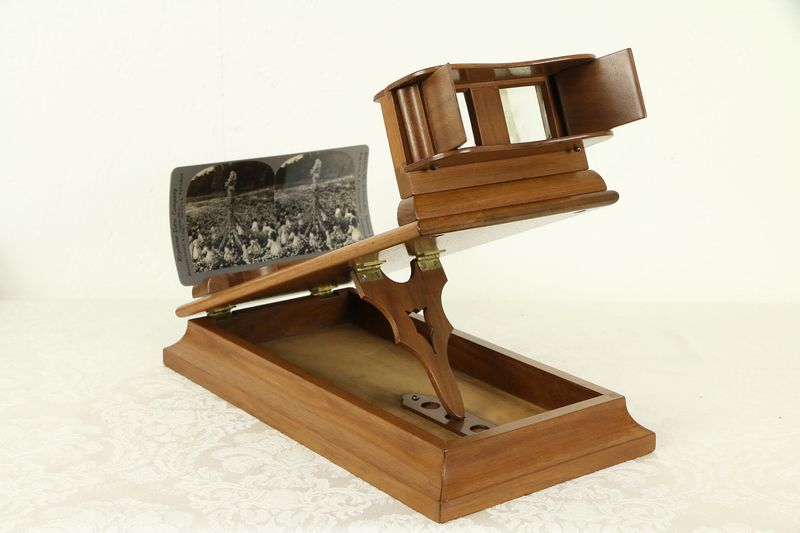
Long before television or smartphones, these wooden viewers provided entertainment in Victorian parlors. By holding specially printed double photographs and viewing them through lenses, families could experience 3D images!
The stereoscope held two nearly identical photos side by side, while the eyepiece contained prisms that directed each image to a different eye. This created the illusion of depth that amazed viewers who had never experienced moving pictures or modern photography.
Families collected cards showing exotic locations, creating the Victorian equivalent of virtual tourism.

